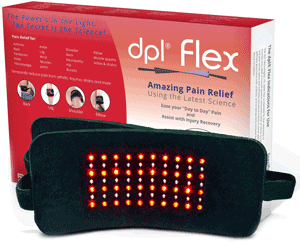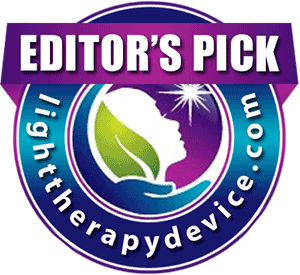
SAD is a condition that can affect both the young and old alike. However, studies show that it’s more prevalent in certain groups such as women, those who stay far from the equator and individuals with a family history of winter depression. Before getting yourself a SAD therapy lamp for treating this disorder, consult with a doctor for diagnosis.
It may be difficult to differentiate between seasonal blues and other types of depression by yourself, this is because most of the symptoms look similar. Some factors that your physician would seek to know before a verdict is made include:
- Whether you have suffered from depression in the last 2 years consecutively and experienced healing afterwards, without seeking any form of treatment.
- Exhibit symptoms such as abrupt weight-gain, sleepiness and craving for carbohydrates.
- Blood tests may be taken to rule out the existence of other similar disorders such as hypothyroidism.
- Your medic may recommend professional psychological assessment to get an idea of how prevalent the situation is.
Once a diagnosis is made, controlled SAD light therapy would be the most likely step forward. Many experts endorse it since there are very few risks involved, moreover any consequent side-effects can be remedied by taking a short break from treatment.
Nonetheless, research shows that those who suffer from certain underlying conditions such as systematic lupus erythematosus, cataracts and skin cancer are at a higher risk of developing symptoms when using illumination therapy than others. They are strongly advised to seek medical redress before commencing with treatment.
Moving on, it’s a fact that pregnant women and those who breastfeed experience depression during winter months, but since antidepressant pills can have negative outcomes on the baby light therapy is almost always recommended. To reap all the benefits of treatment and avert any untoward reactions, buy your lanterns from genuine medical stores plus only use them as per the doctor’s guidelines.
While undergoing SAD treatment, you’ll be required to sit face to face with the box so that incoming light can enter your pupils. White incandescence is the most effective type of illumination to use in such circumstances, red. blue or yellow light may not bring about the desired effects.
Even so, avoid staring directly into the box with both eyes held wide open since high-intensity illumination can cause damage. Just sitting next to it is enough, once your eyes absorb enough light rays they would automatically trigger chemical reactions in your brain which help in alleviating seasonal affective disorder symptoms.
Consistency is the key to success in treating depression through light therapy. Experts believe that when done correctly it can reset the patient’s biological clock, hence triggering healing.
There are 2 main types of therapies under this category which are dawn simulation and bright light treatment. In the first instance, dim light is passed through you while sleeping just before daybreak, with brightness levels gradually increased with time till eventual sunrise.
As for bright light treatment, the box is simply placed at some distance from you probably on top of a table or desk. One consequently reaps the benefits while reading, taking breakfast or working from the comfort of their PC.



How many minutes a day should you sit in front of it.
With a regular 10K LUX light you only about 30 minutes a day.